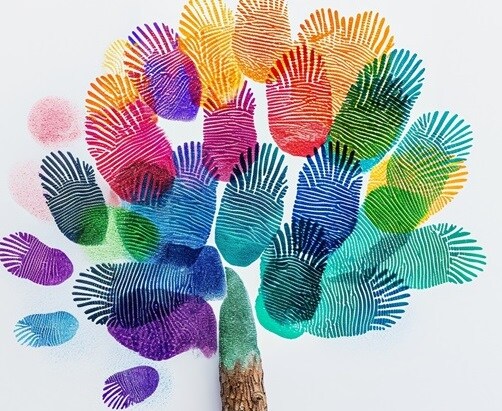
Women leaders for a culture of social responsibility
Statistics demonstrate that the more women are represented in management teams, the better the financial results. This statement and the hard data alone may convince skeptics. But there is much more to it than that. While the figures still show an under-representation of women, they also confirm that companies in the top quartile of female representation are up to 40% more likely to achieve better results than companies in the fourth quartile. Companies in the top quartile of ethnic diversity have a financial advantage of around 30% over others (McKinsey, 2023).
Companies with more women in leadership positions are more profitable, demonstrate greater social responsibility and offer higher customer satisfaction. Female leaders are more open to change, embrace transformation and take a collaborative approach. Women score higher than men on most leadership competencies, such as initiative, self-development and developing others, integrity, and honesty (HBR, 2019).

A strategic cultural advantage for
performance
The return on culture is quantifiable. The seemingly intangible results of culture, such as collaboration, engagement, high morale, job satisfaction and well-being, are directly and indirectly linked to financial performance and revenue growth. A healthy culture means high employee retention, hence —high employee retention rate. According to a study by Grant Thornton, the average S&P 500 company can save 156 million dollars a year in turnover costs through a healthy culture, e.g. recruitment, onboarding or training. In extremely healthy cultures, employee retention is more than six years. Half of the employees would leave their jobs for a lower-paying position if they found a better culture.
Companies with an extremely healthy culture are 1.5 times more likely to achieve average revenue growth of over 15% for three consecutive years. Listed companies with an extremely healthy corporate culture are almost 2.5 times more likely to see a significant increase in their share price (Grant Thornton study). Engaged employees are more motivated and productive and go above and beyond in their tasks. This is reflected in positive customer interactions and the reputation of the brand.



-png.png?width=140&height=140&name=03_Author-image%20(1)-png.png) Dorota Syty
Dorota Syty






